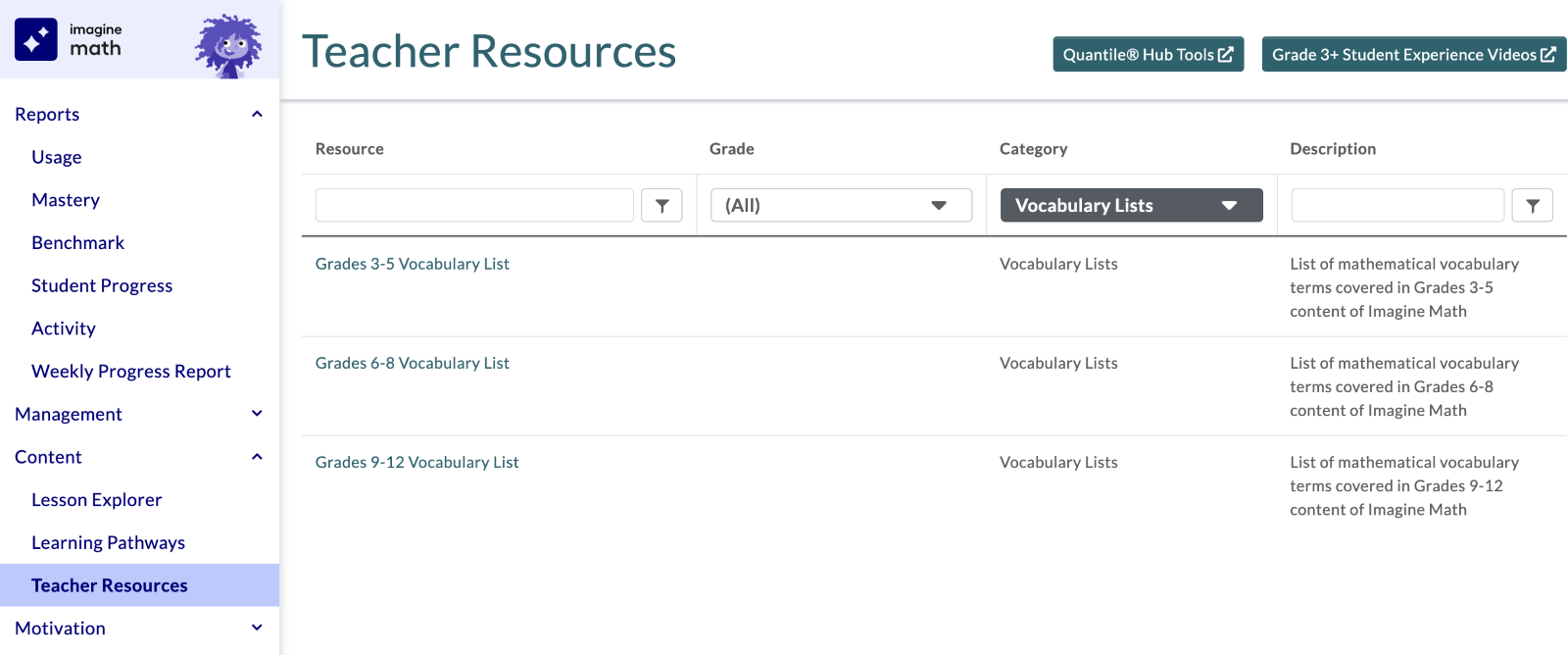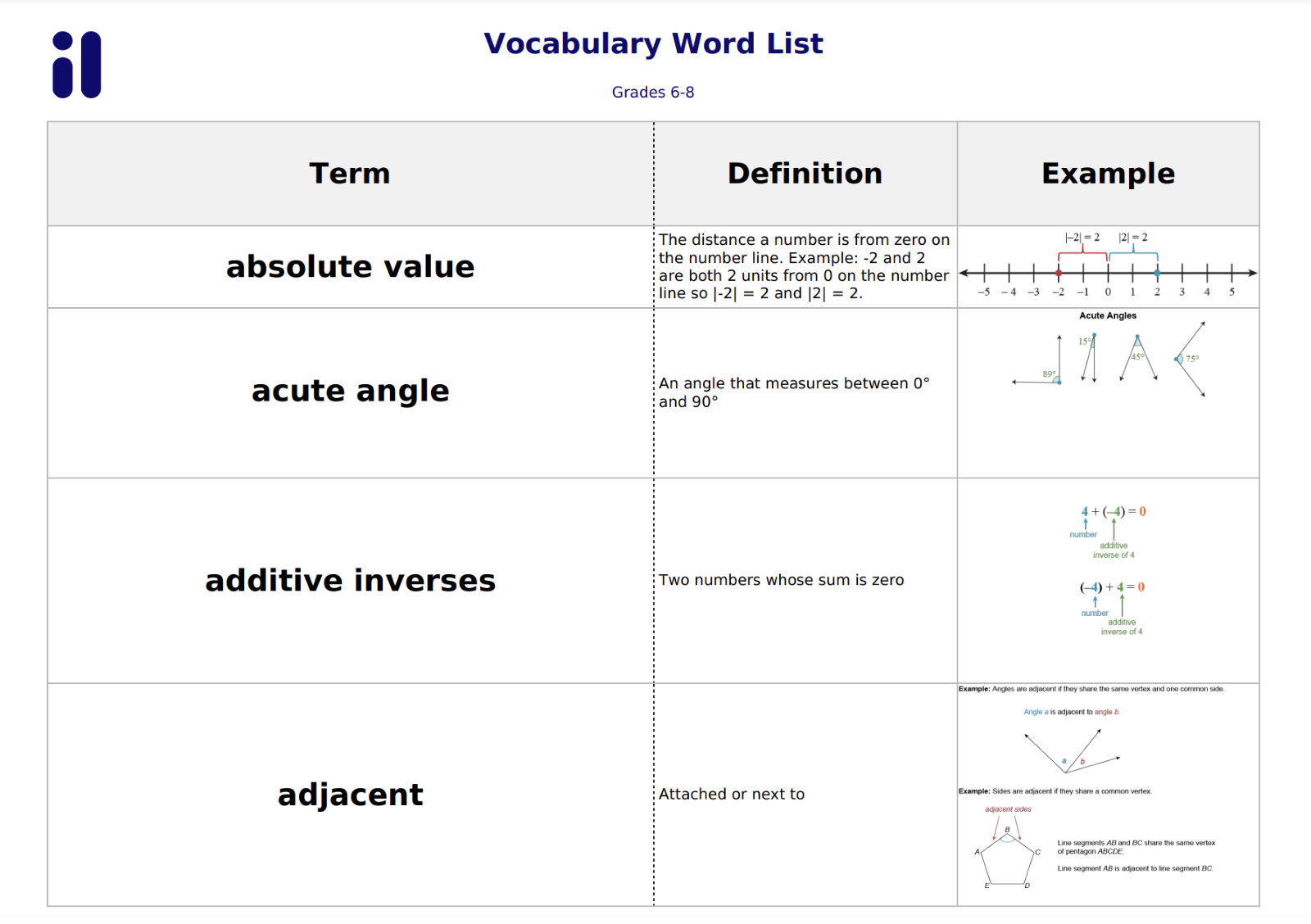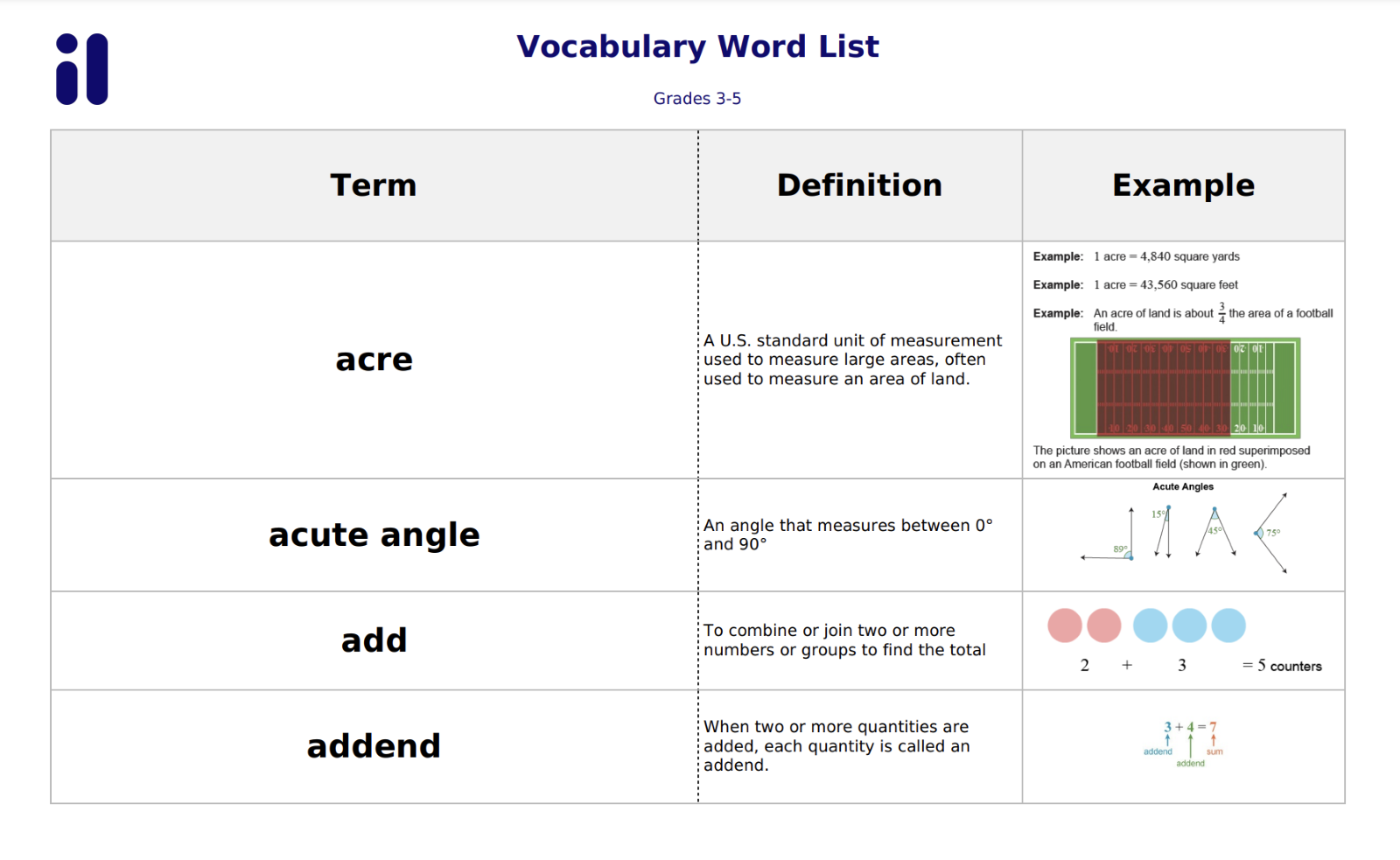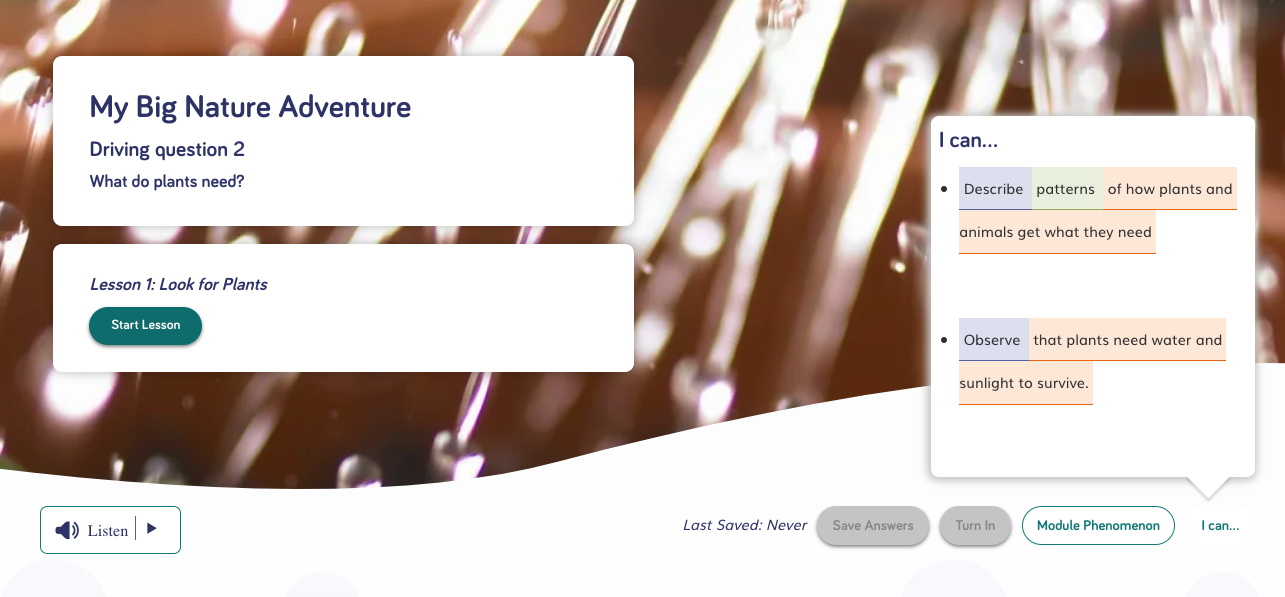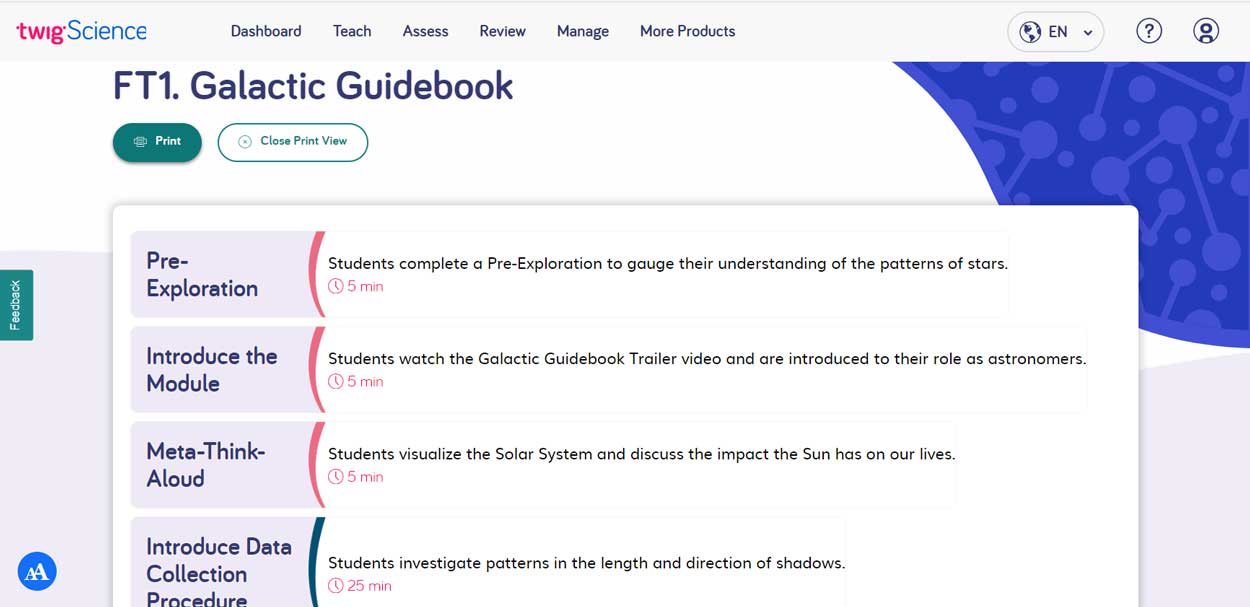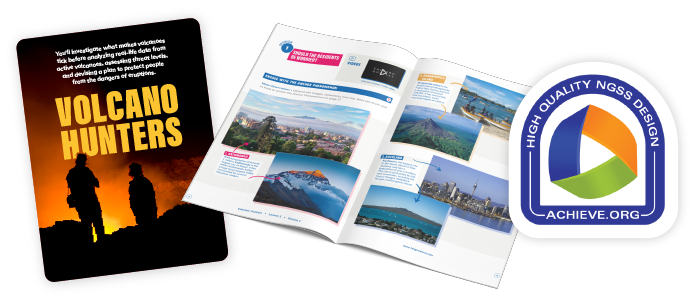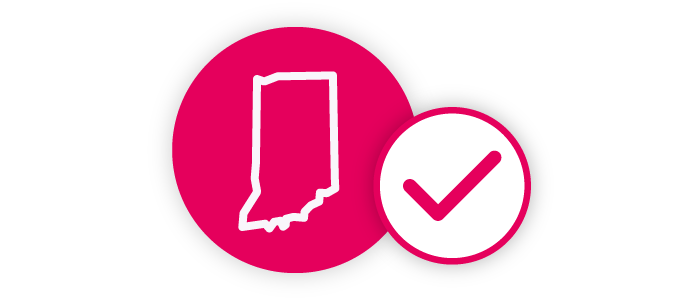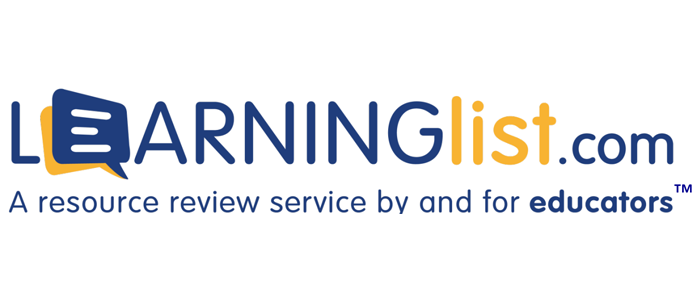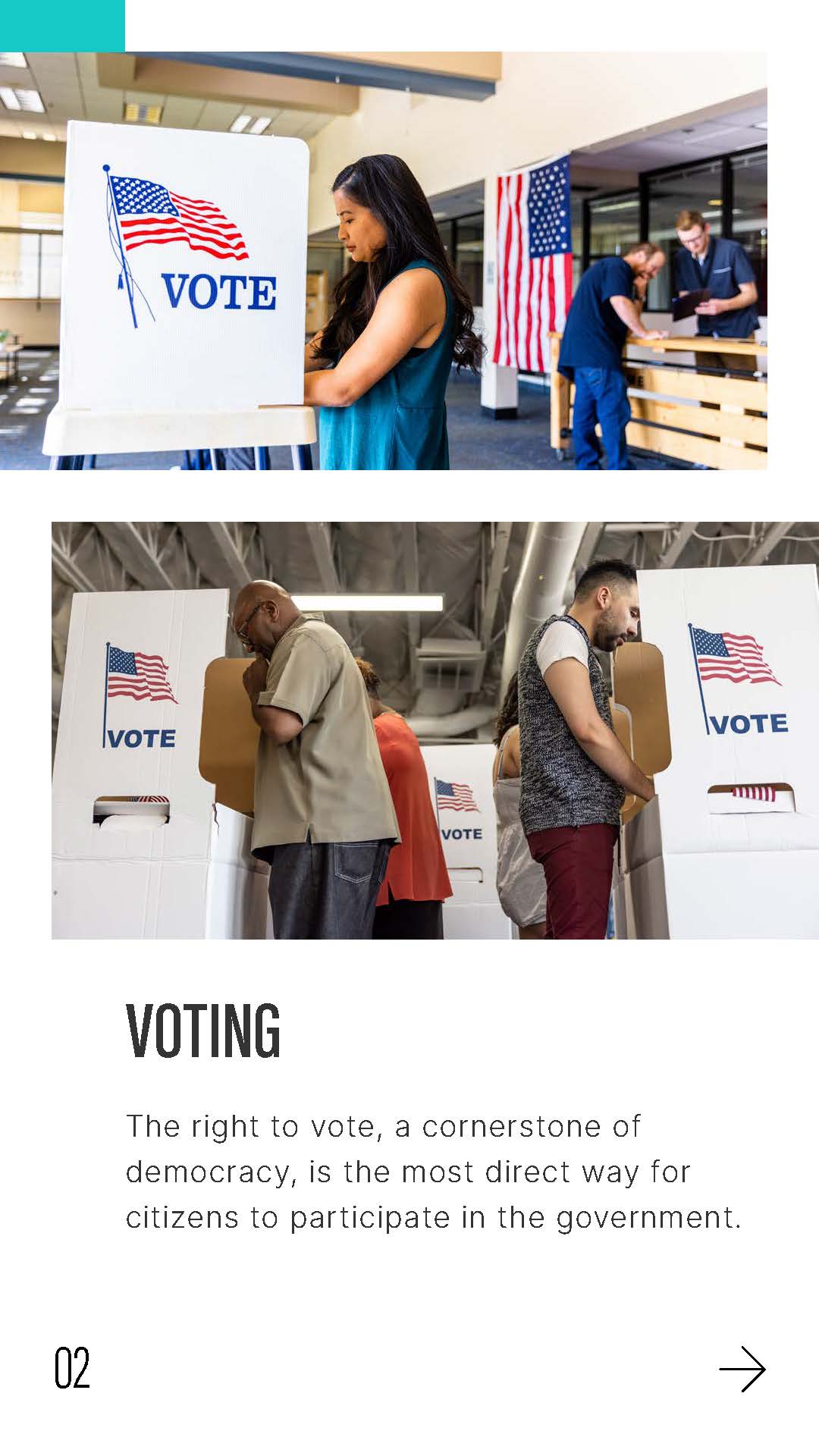How this phenomenon is shaping global weather this winter (2015–2016)
El Niño is a naturally occurring climate pattern associated with warming of the ocean surface temperatures in the central and eastern tropical Pacific Ocean, which can significantly influence weather patterns, ocean conditions, and marine fisheries worldwide.
El Niño occurs on average every two to seven years, and episodes typically last nine to 12 months. El Niño has its largest impacts during the winter. In the winter, El Niño typically brings milder weather to the northern parts of the United States and wetter conditions across the southern United States. The opposite of El Niño is La Niña, the cold phase, which also changes weather worldwide. There is also a neutral stage with neither unusually warm nor cool water in the equatorial Pacific. All three stages together are referred to as ENSO or the El Niño-Southern Oscillation.
In the U.S., NOAA declares when an El Niño or La Niña event has begun. For El Niño conditions to form, monthly sea surface temperatures in the central and eastern tropical Pacific Ocean (Niño 3.4 region) need to warm +0.5° Celsius above normal, with the expectation that the warming will persist for five consecutive overlapping three month periods. In addition, the atmosphere must respond to the warming water by weakening the prevailing winds, known as the trade-winds and also shift patterns of tropical rainfall eastward. This ocean–atmosphere coupling impacts the position of the Pacific jet stream and influences weather and climate patterns globally.
Climate records of El Niño go back millions of years, with evidence of the cycle found in ice cores, deep sea muds, coral, caves and tree rings. El Niño means the Little Boy, or Christ Child in Spanish and was first noticed in the 1600s by Spanish fishermen off the coast of South America near Peru and Ecuador. It was so named because it typically occurred around Christmas.
Excerpted from “Understanding El Niño.”
